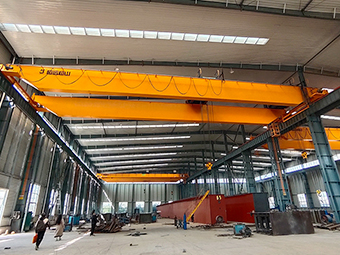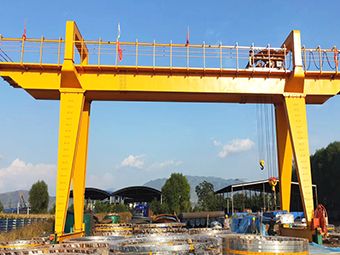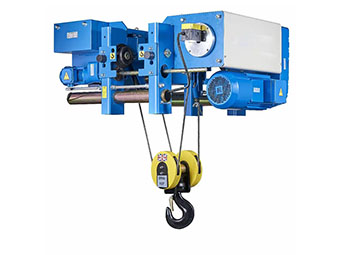What is the difference between electric winch and electric hoist?
An electric winch and an electric hoist are both mechanical devices used for lifting and pulling heavy objects. However, there are a few key differences between the two:
- Function:
- Electric Winch: A winch is primarily designed for pulling or towing heavy loads horizontally or at an angle. It consists of a motor, cable or rope, and a drum.
- Electric Hoist: A hoist is designed for lifting and lowering heavy loads vertically. It typically consists of a motor, chain or wire rope, and a lifting hook.
- Lifting Capacity:
- Electric Winch: Winches are typically designed to handle heavier loads with higher lifting capacities. They can pull loads ranging from several hundred pounds to several tons.
- Electric Hoist: Hoists are generally designed to handle smaller to medium-sized loads. They can usually lift loads ranging from a few hundred pounds to a few thousand pounds.
- Mounting Positions:
- Electric Winch: Winches are often mounted horizontally or at an angle on a vehicle, trailer, or fixed structure.
- Electric Hoist: Hoists can be mounted in various configurations, including fixed positions, on beams or overhead structures, or on jib cranes.
- Applications:
- Electric Winch: Winches are commonly used in off-road vehicles, trailers, boats, and industrial settings for applications such as vehicle recovery, boat launching, and construction projects.
- Electric Hoist: Hoists are frequently used in industries like manufacturing, construction, warehouses, and workshops for applications such as lifting materials, loading/unloading cargo, and positioning heavy equipment.
.jpg)
related article
> two-3-ton-trackless-electric-flat-transfer-carts-are-tested-in-the-factory
> Visit from Russian customers
> european crane
> What are the machines on the port called?
> Four European-style single-girder bridge cranes have been loaded into containers and shipped to a customer in Mauritius.
> LH Model Overhead Crane Project
> Qualified container rubber tire gantry crane
> What are the common faults of bridge erection machines and how to eliminate them?







.jpg)

.jpg)
.jpg)






